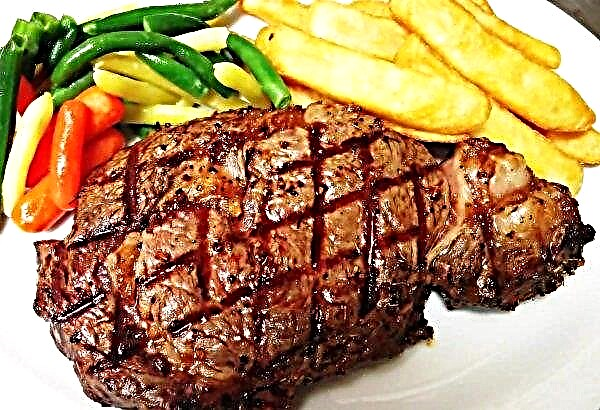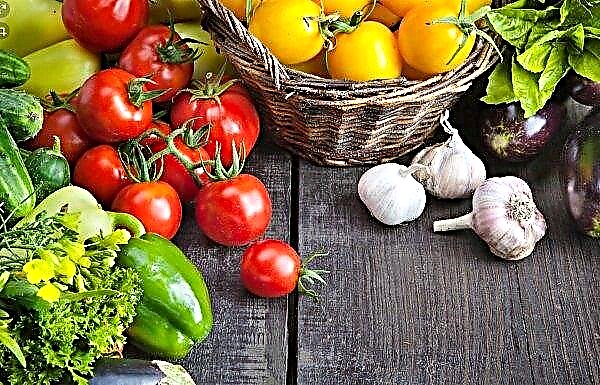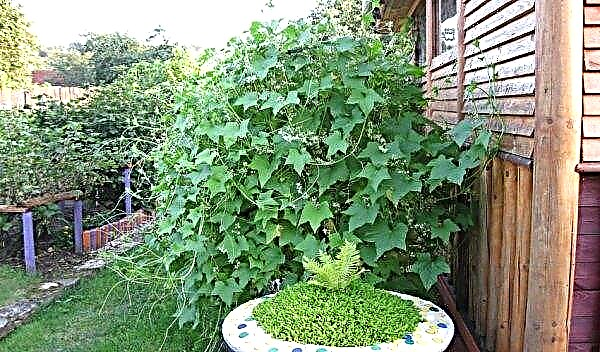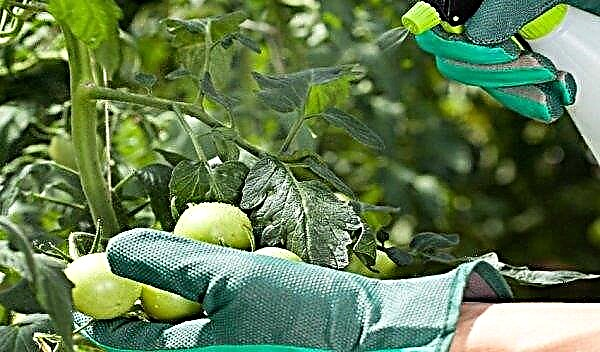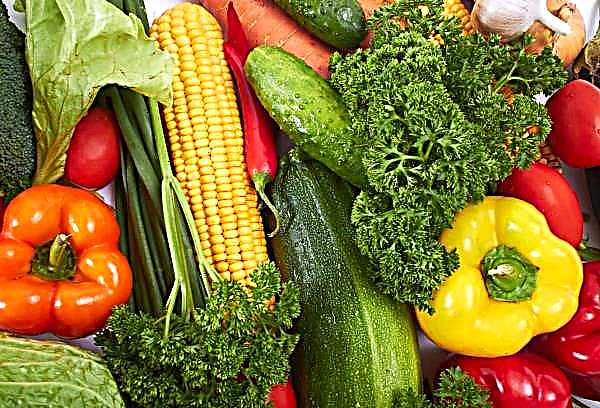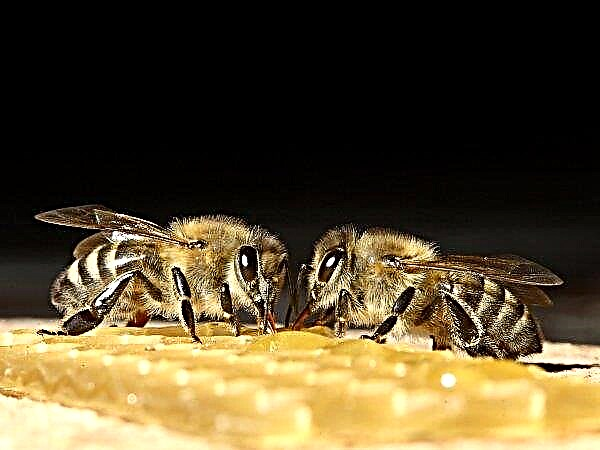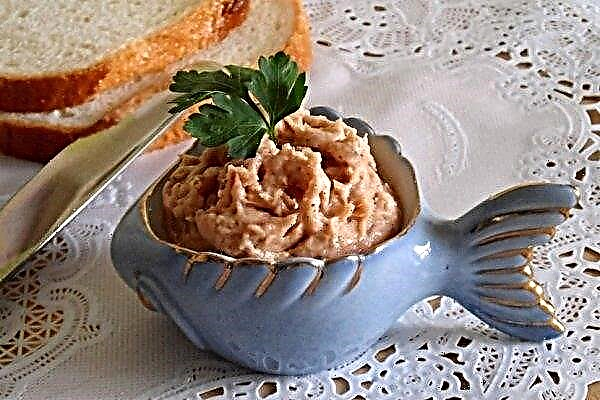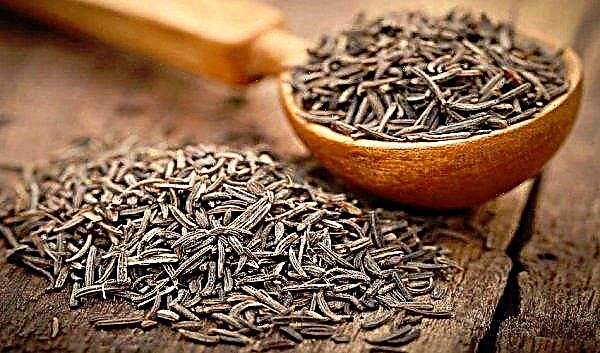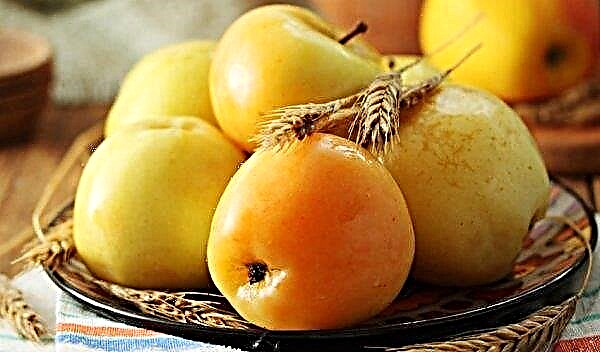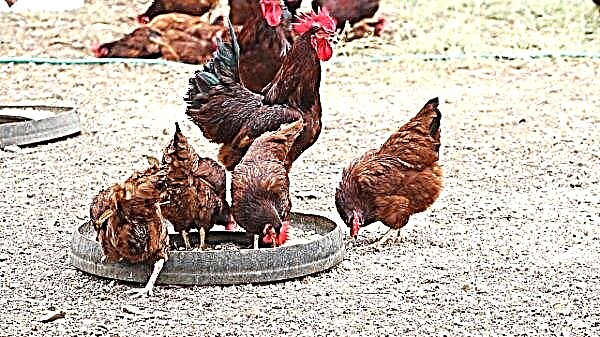Ginger is actively used as a seasoning and medicine for colds. Its normal color is light brown.However, when storing the products in question, a blue stain often appears on the cut. Why this happens, and whether it is possible to consume such a root in food, read below.
Are there varieties with a blue tint
The main reason why the root of the product in question may turn blue is because that it is a galangal, an exotic plant, which is a closely related ginger culture. It has less stiffness and a brighter aroma resembling perfume.
The skin of the galangal is thin, pale pink, which does not always need to be cleaned. Fresh it is used as a seasoning for first courses, and dried spice perfectly complements the bun.
In addition, there are 2 varieties for which this color of the internal cavity is characteristic:
- Bubba Baba - A rare Hawaiian variety, crossed with Indian ginger, which is evenly painted in a blue tint on a slice. Moreover, the more ripe the root crop, the more pronounced will be the color palette of the internal cavity.
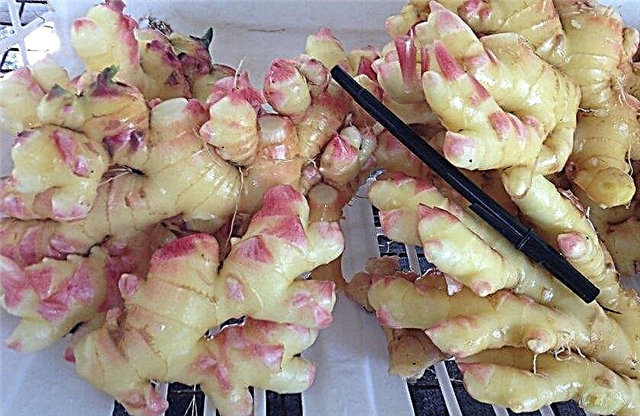
- Chinese white - for this variety is characterized by the presence of a pronounced blue ring on the cut. It has a more distinct spicy aroma and spicy taste.
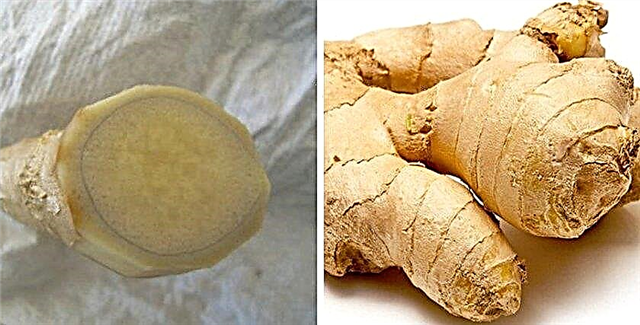
Blue causes
In addition to the fact that galangal was bought instead of ginger, there are several more reasons in connection with which the cut of the pulp of the product changes color.
Did you know? In the old days, ginger was actively used in Russia for the preparation of slaughter (spiced honey drink) as a tonic element.
Improper storage
This product is very sensitive to cold. The optimal temperature regime for storing ginger is +10 ... + 15 ° С. With a decrease in this indicator, the flesh of the fetus begins to turn blue.
Expired
The products in question may turn blue when spoiled. However, this will be signaled not only by a change in shade, but also a number of other characteristic features:
Important! Varieties of ginger with a blue color of pulp are quite expensive, so the probability that they sold them to you in the supermarket is very low. Accordingly, you should look for a cause among other factors affecting the color of the root crop.
- lack of a characteristic smell;
- the appearance of mold;
- darkening of the skin;
- loss of density.

Can I Eat It?
If the color of the pulp of the root crop in question turns blue, it is not necessary to immediately discard it. First of all, you need to make sure that the expiration date of the root has not expired. If the product has retained its density, just cut off the blue part, and you can consume it for its intended purpose.
But if the whole root crop is spoiled, you should immediately get rid of it. So, a change in the color of the pulp, as a rule, means that the product becomes unusable.
Nonetheless, the ginger root is blue, if it is not spoiled, can be freely eaten, cutting only the brightly colored part. It does not lose its beneficial properties.




